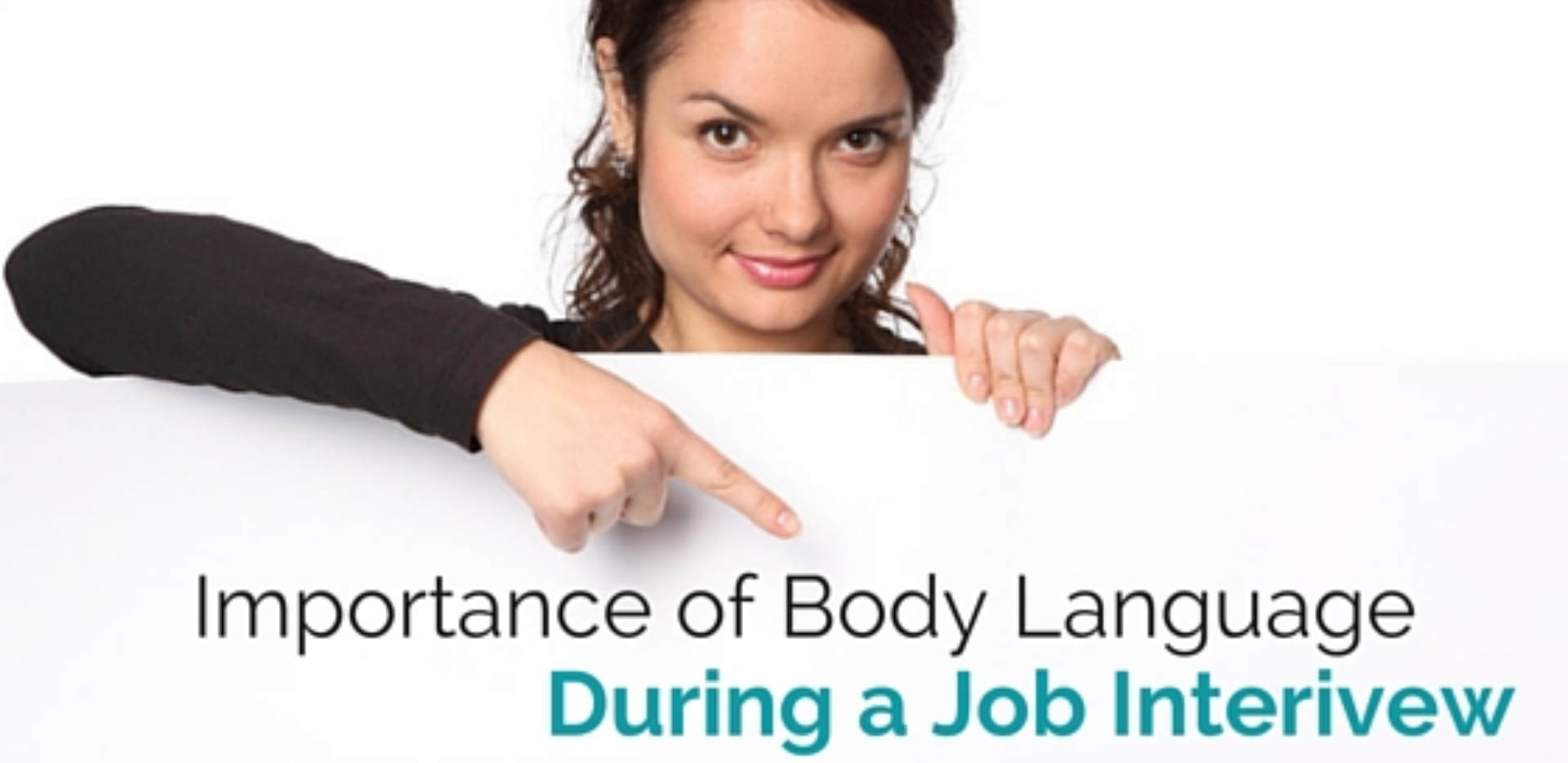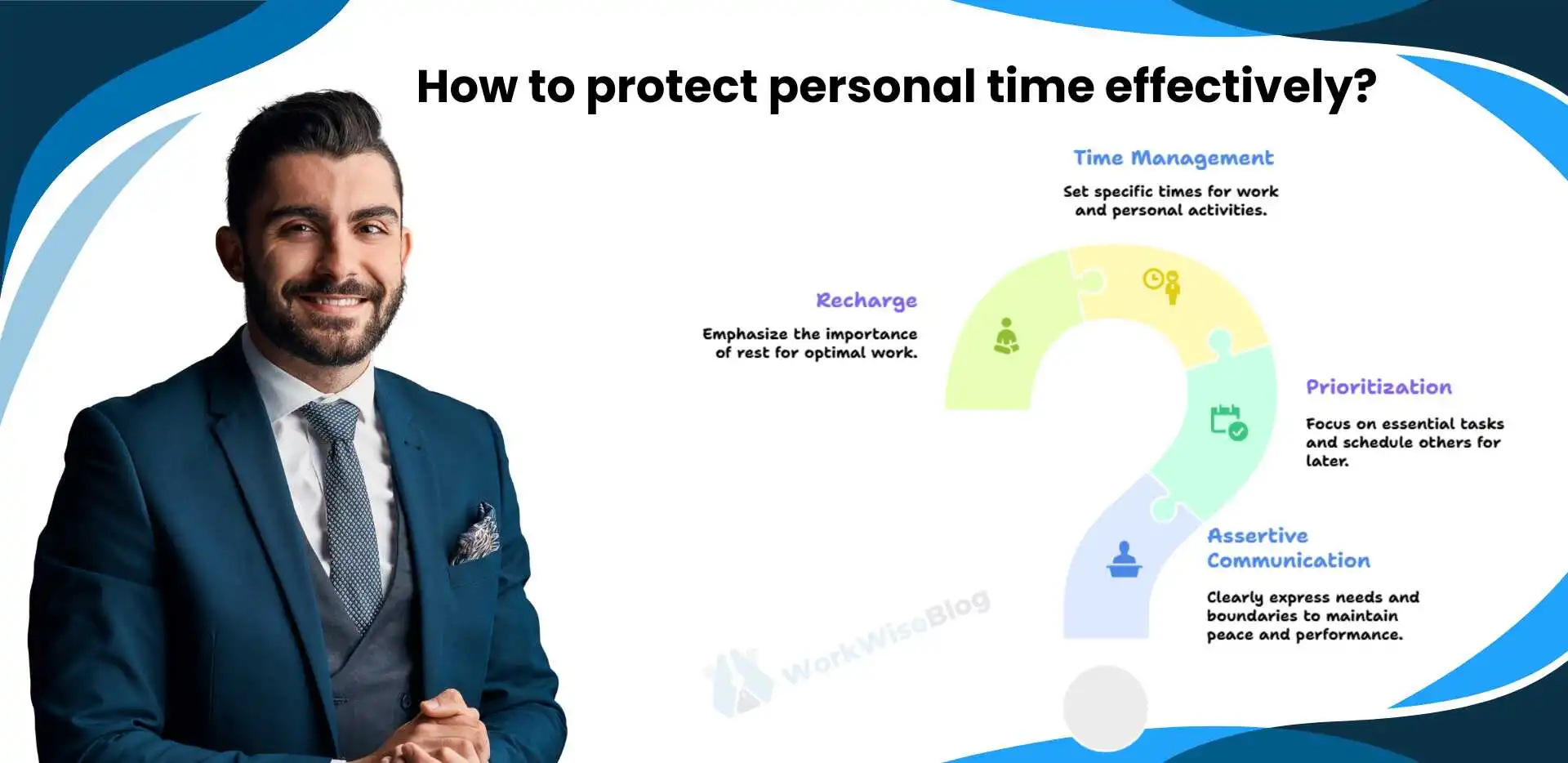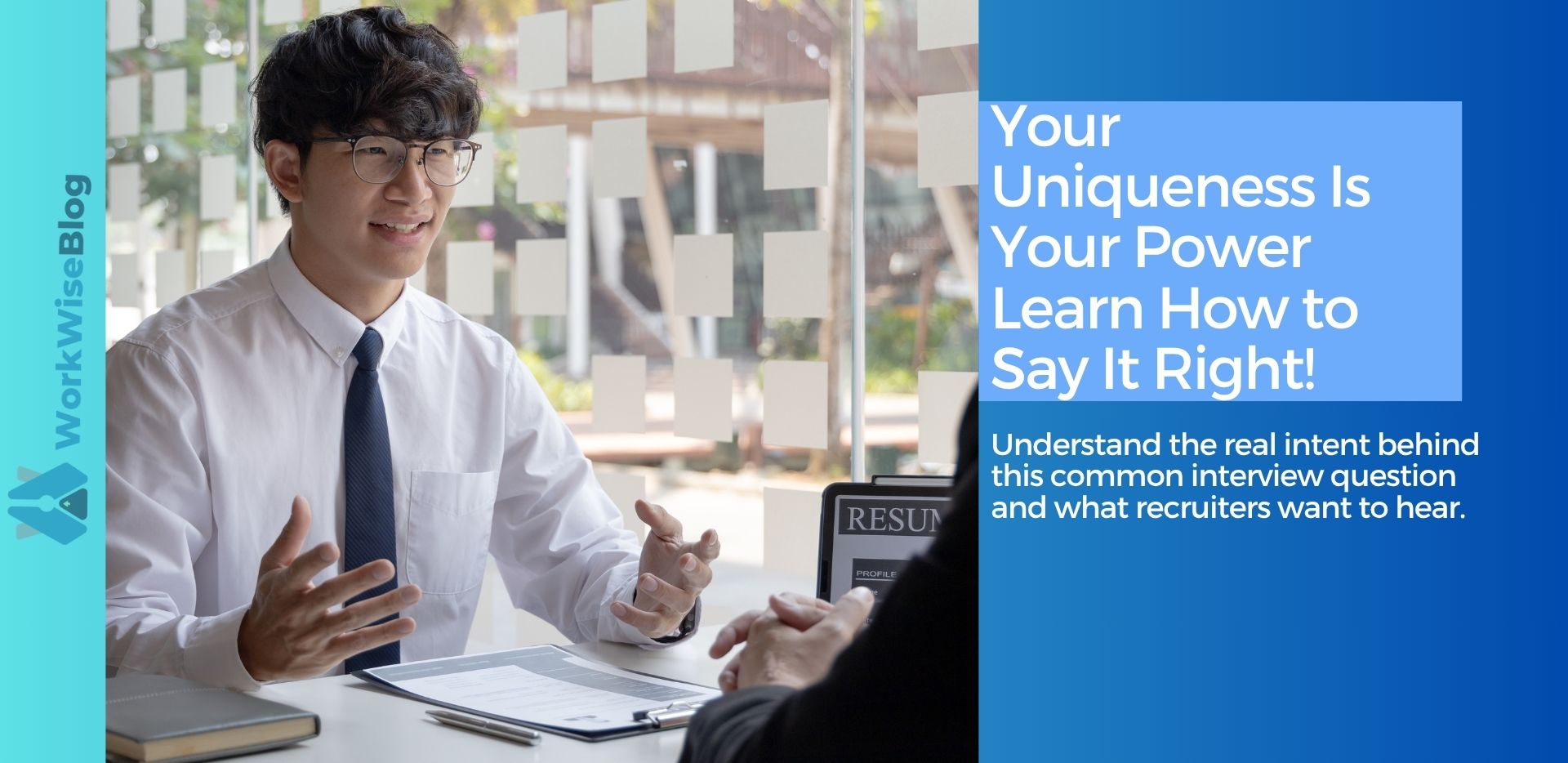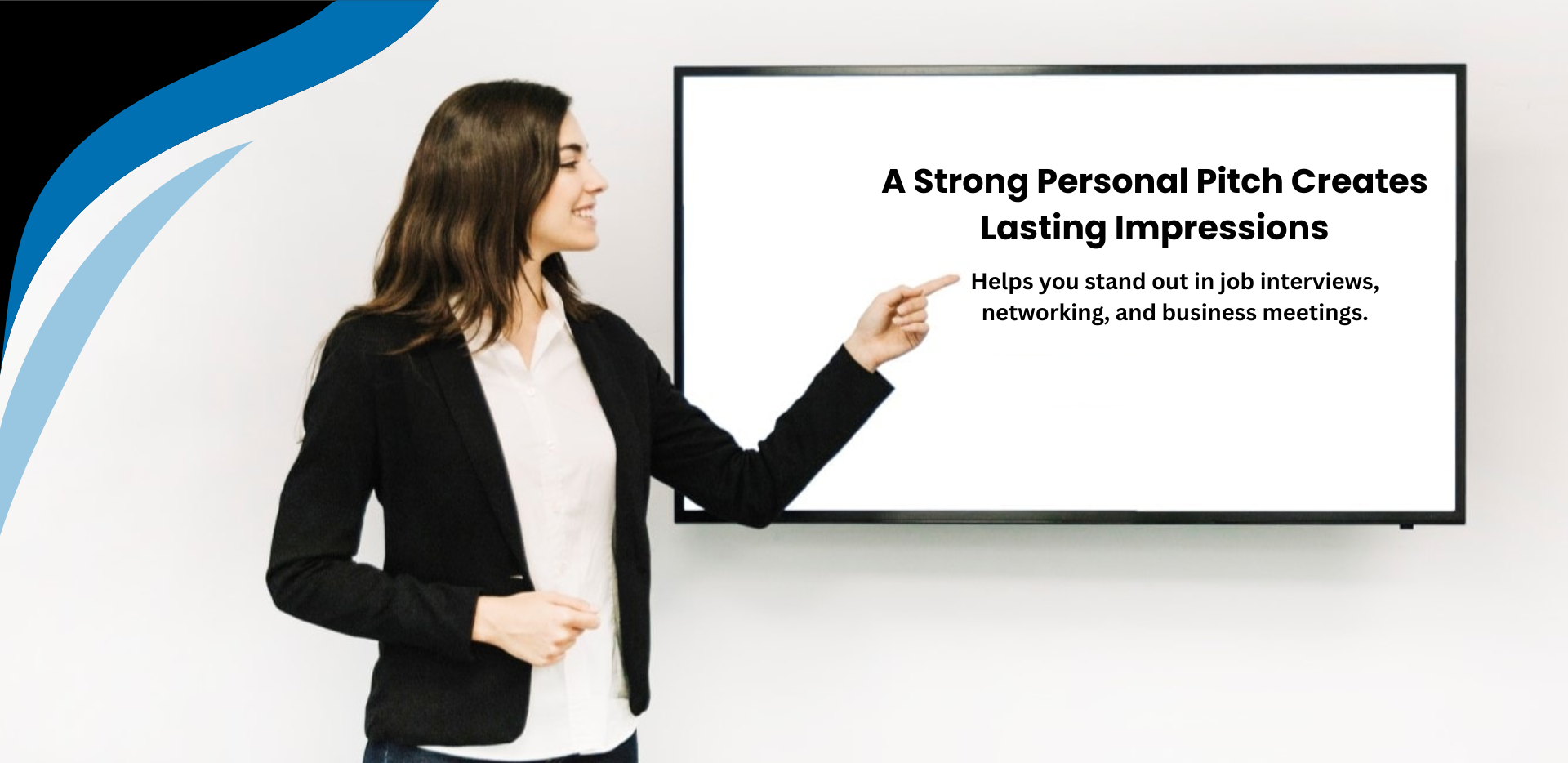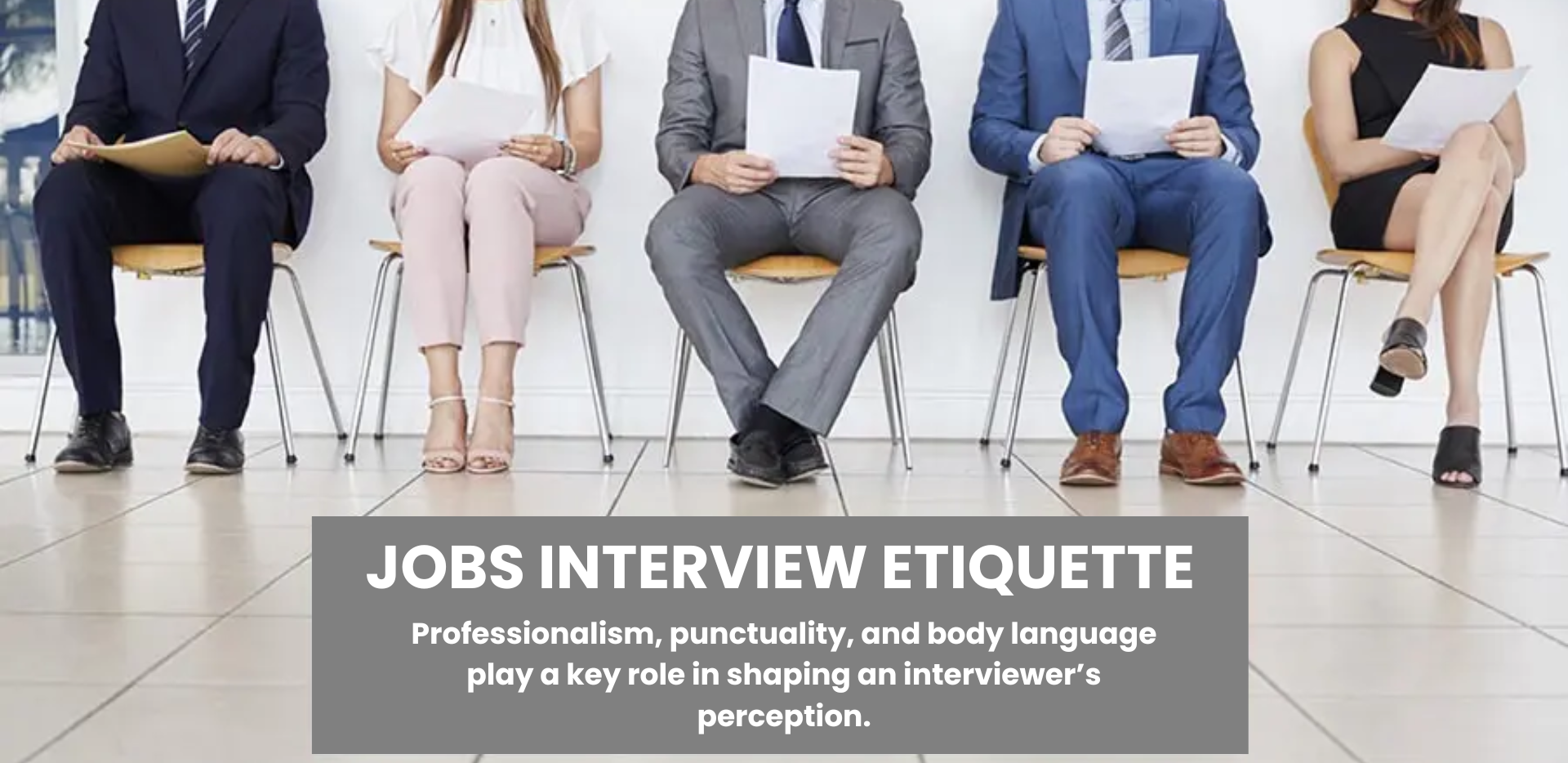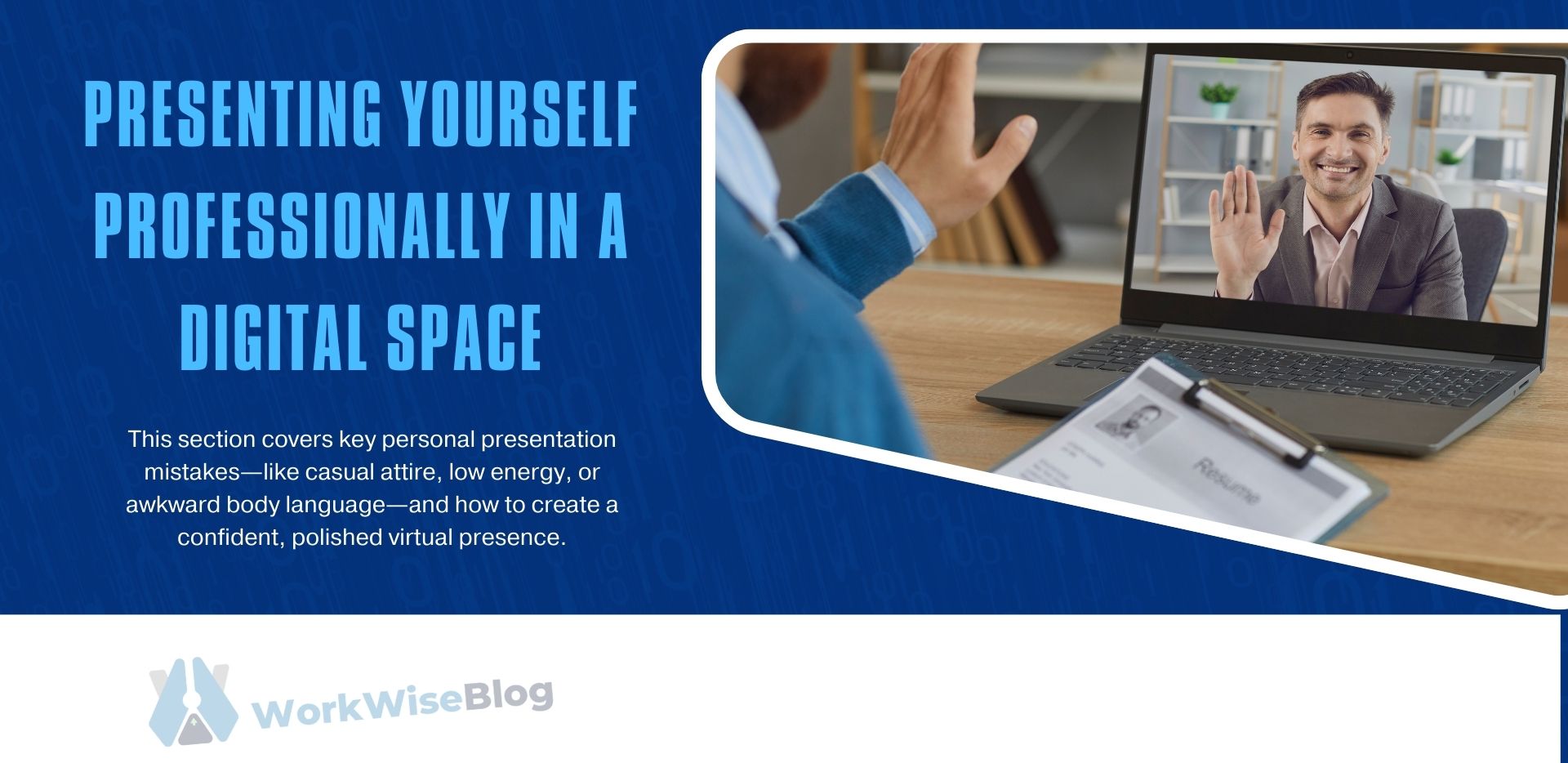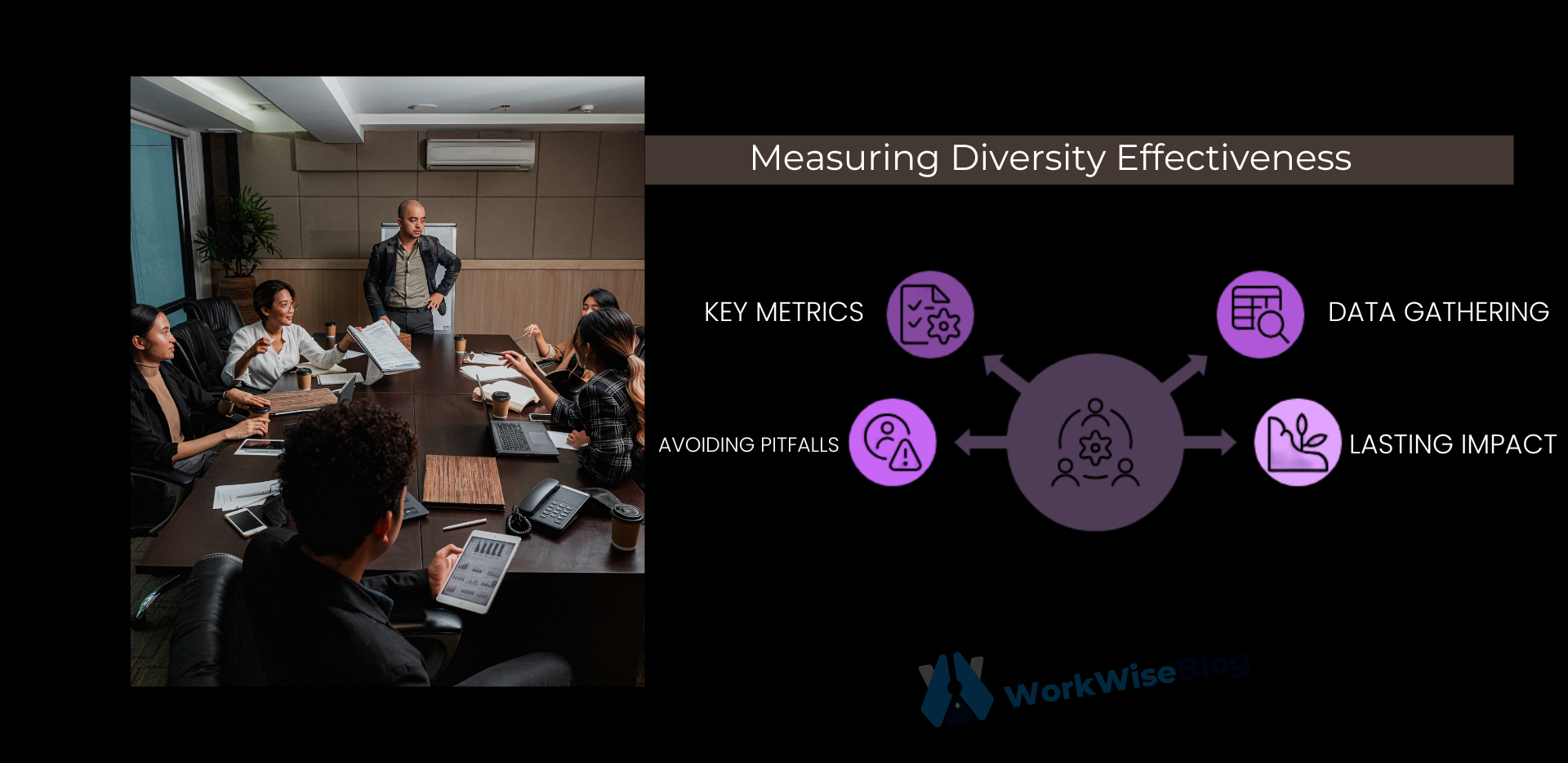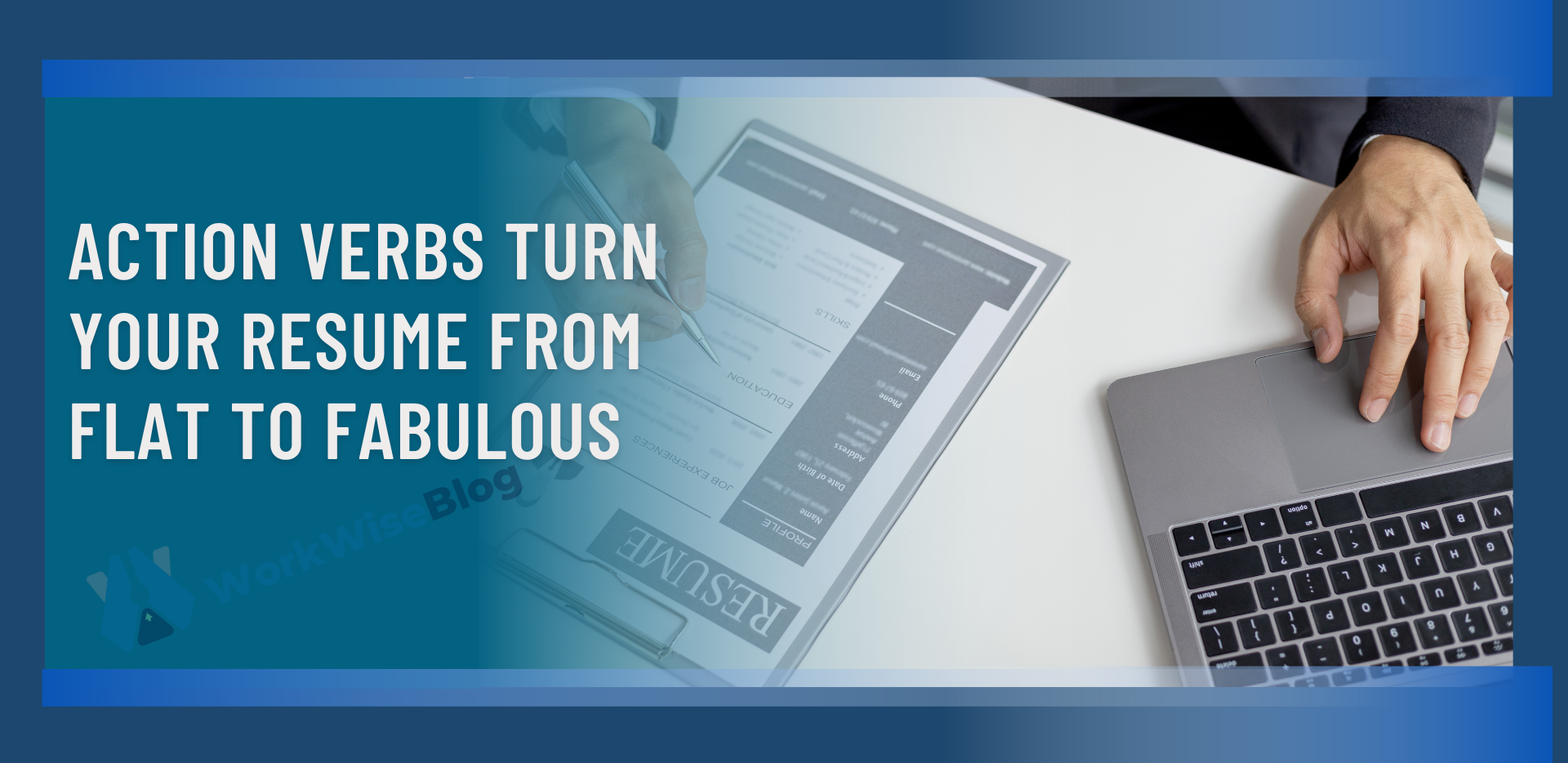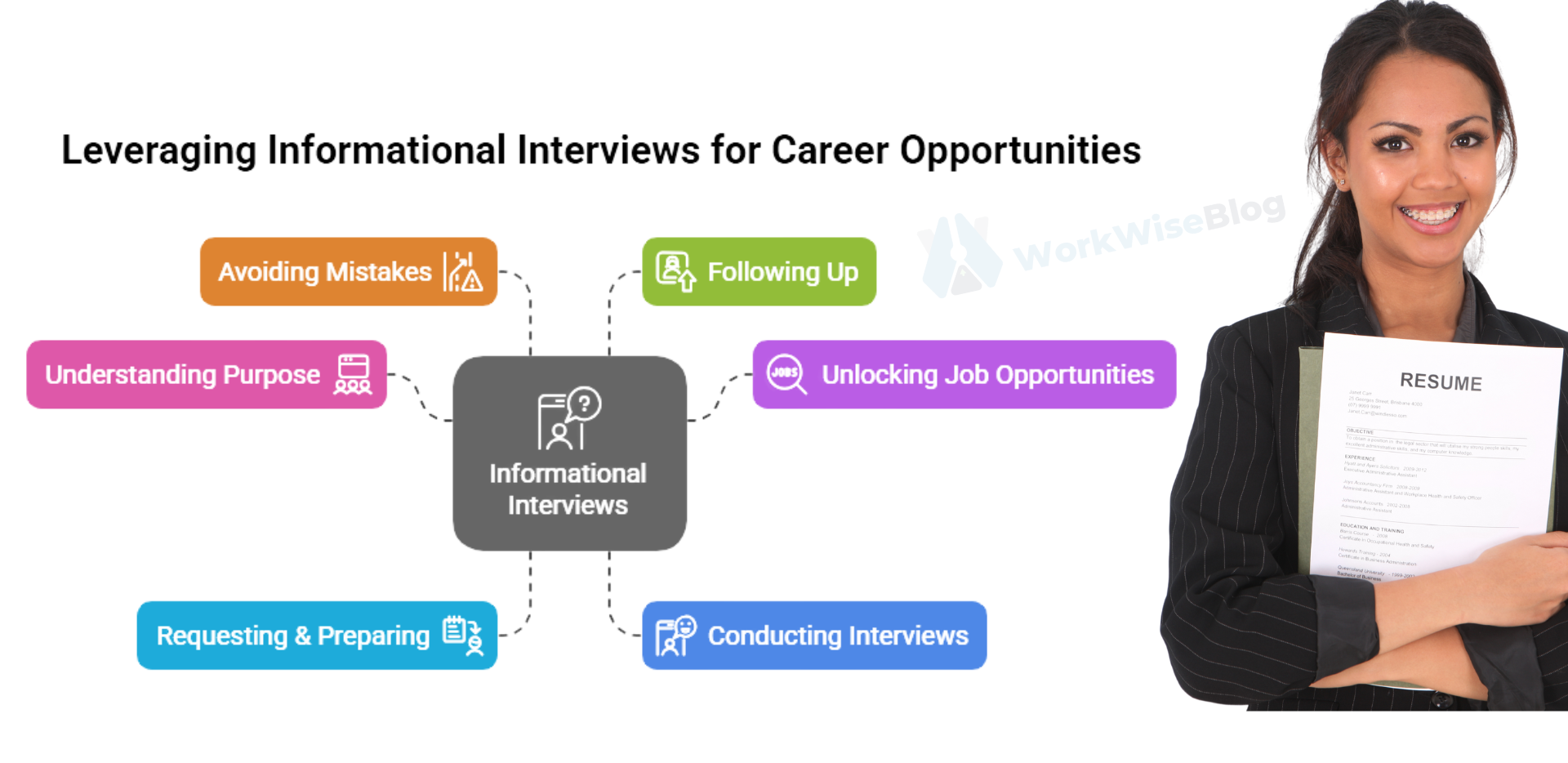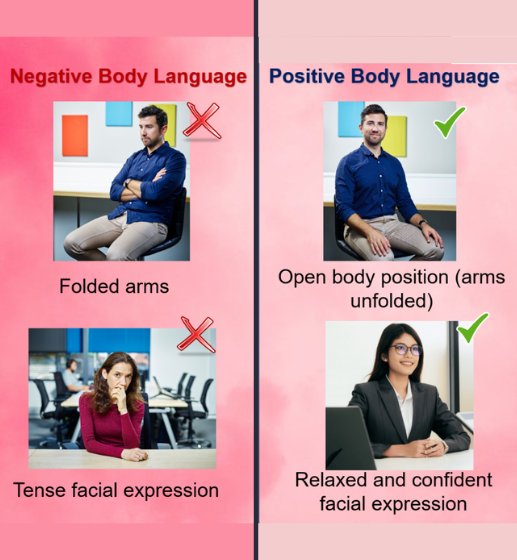
Why Body Language Is Important
Body language is a strong but silent resource that can:
- Enrich Your Speech – Support your message with gestures and facial expressions.
- Project Confidence and Authority – Create the impression that you are able and confident.
- Trust and Connect with Others – Engage in openness and welcoming body language.
- Stand Out in the Professional World – Enhance your presence in meetings, presentations, and interviews.

Fun fact:
Research conducted by Albert Mehrabian indicates that communication is just 7% verbal, 38% vocal tone, and 55% body language.
Put simply, what you say is important—but how you are perceived is more so.
The Most Essential Positive Body Language Elements
Let’s discuss the most essential body language indicators that will allow you to create a positive first impression in any setting.
1. Posture: Stand Confidently and Sit Tall
Your posture reveals a lot about your level of confidence. Regardless of whether you’re standing or sitting, you want to show openness, power, and confidence.
- Stand with your head held high and shoulders back—this conveys confidence.
- Stand with feet shoulder-width apart for a good stance.
- Sit up straight with your back and avoid slouching.
- Lean slightly forward when listening—this demonstrates interest and engagement.
Avoid:
- Hunch over your shoulders (indicates insecurity).
- Cross your arms in a defensive manner (a barrier is formed).
- Slouch back in your seat (unprofessional and disengaged).
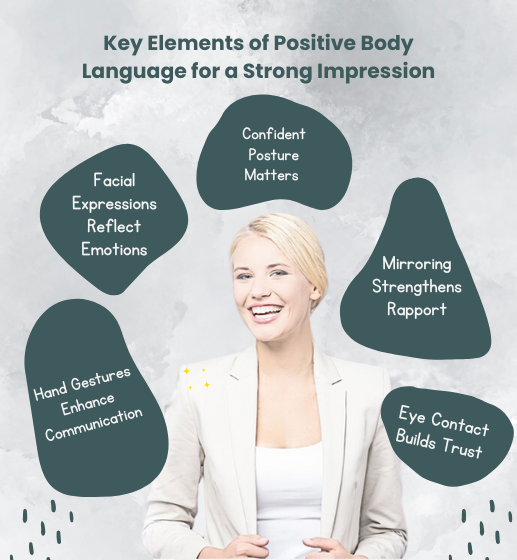
2. Eye Contact: Build Trust and Connection
Sustained eye contact is one of the best confidence, sincerity, and attentiveness indicators.
- Make steady, natural eye contact (not too strong).
- Gaze at the interviewer’s nose bridge if direct eye contact is uncomfortable.
- Apply the 70/30 rule – have eye contact 70% of the time and look away 30% to prevent staring.

Avoid:
- Darting eyes (indicates nervousness or insincerity).
- Gazing too intensely (comes across as aggressive or menacing).
- Steer clear of eye contact (makes you appear untrustworthy or unengaged).
Tip:
When in video interviews, gaze at the camera rather than at the screen to create the illusion of direct eye contact with the interviewer.
3. Hand Gestures: Use Them to Reinforce Your Message
Hand gestures can enhance verbal communication, making you appear more dynamic and engaging.
- Use natural hand movements to emphasize key points.
- Keep gestures open and controlled (avoid excessive movement).
- Show your palms when speaking—it signals honesty and openness.
- Use the “steeple” gesture (fingertips touching lightly) to exude confidence.
Avoid:
- Overuse of gestures (can be distracting).
- Fidgeting with hands, pens, or clothing (makes you look anxious).
- Keeping hands hidden under the table (can appear disengaged or secretive).
4. Facial Expressions: Align with Your Words
Your face is one of the first things people notice—so make sure your expressions match your words.
- Smile naturally to convey warmth and approachability.
- Nod occasionally to show you’re actively listening.
- Maintain a relaxed expression—avoid looking tense or rigid.
Avoid:
- A blank or expressionless face (appears uninterested).
- Forced smiles (seem insincere).
- Over-exaggerated expressions (can feel unnatural or distracting).
Pro Tip:
Practice in front of a mirror or record yourself to ensure your facial expressions align with your message.
5. Mirroring: Subtly Match the Other Person’s Movements
Mirroring is a powerful psychological technique where you subtly reflect the body language of the person you’re interacting with. This builds rapport and strengthens connections.
- If the interviewer leans forward slightly, you can do the same.
- Match their energy level (but don’t mimic them too obviously).
- Keep it natural—forced mirroring can feel awkward
Avoid:
- Overdoing it (makes you seem like you’re copying them).
- Mirroring negative body language (crossed arms, slouching, etc.).
Pro Tip:
Mirroring is especially useful in negotiations and networking as it fosters trust and connection.
Common Body Language Mistakes
(and How to Fix Them)
Even the most confident professionals can make body language mistakes. Here’s what to watch out for:
- Nervous Fidgeting – Tapping fingers, playing with hair, adjusting glasses.
Fix: Keep hands still and use intentional gestures. - Closed-Off Posture – Crossing arms, slouching, or turning away.
Fix: Keep an open and relaxed posture. - Lack of Facial Expressions – Showing no emotion or being too stiff.
Fix: Let natural expressions come through (smile, nod, engage). - Breaking Eye Contact Too Often – Looking away too much can seem unconfident.
Fix: Maintain steady eye contact using the 70/30 rule. - Leaning Back Too Much – Can come across as disengaged or arrogant.
Fix: Sit or stand with a slight forward lean to show attentiveness.
- Nervous Fidgeting – Tapping fingers, playing with hair, adjusting glasses.
Final Thoughts
Your body language comes before your words, and it can advance your presence, confidence, and credibility in any social or business setting to an entirely new level. Whether interviewing for a position, presenting to a meeting, networking at an event, or managing a team, how you stand, walk, and communicate can make a huge difference in how others view you.
Through practice using open, confident, and intentional body language, you can build trust, engagement, and leadership effortlessly. Subtle shifts—such as proper posture, regular eye contact, managed gestures, and genuine facial expressions—can set you apart in any business setting.

